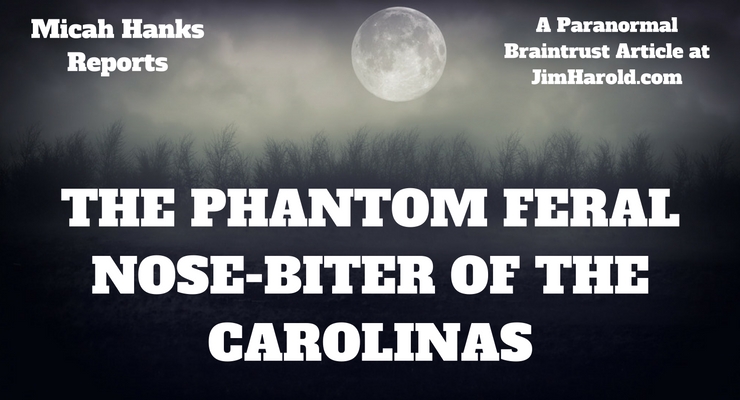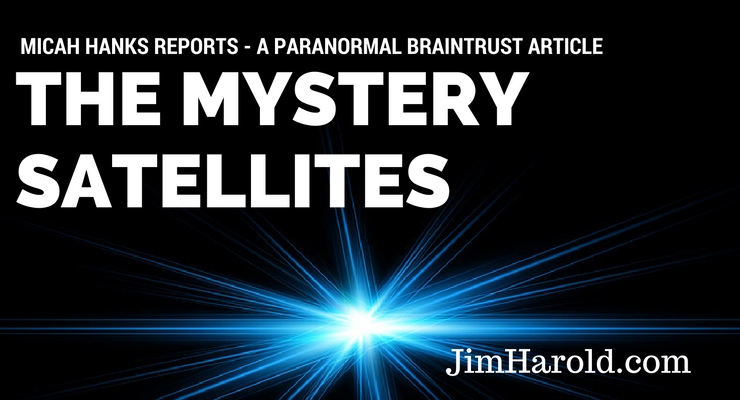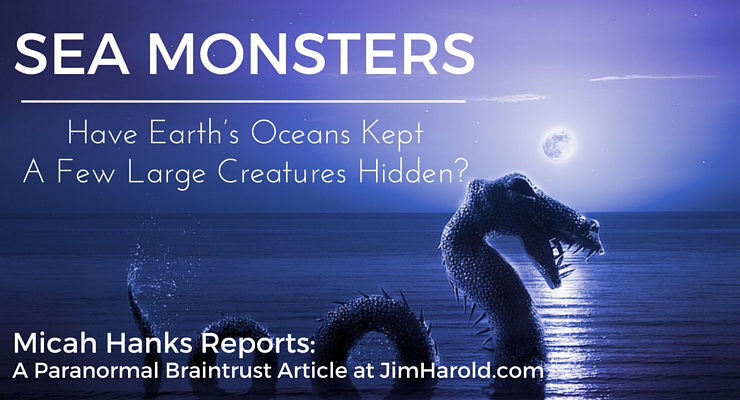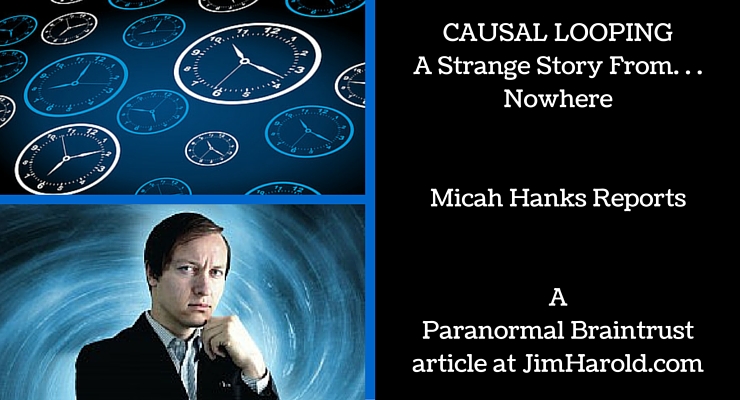Conversations With Ghosts: The Ouija Board Experience – Micah Hanks Writes
“Where are you?”, the couple asked, as they watched the planchette begin to slowly move again across the lettered board. The arrow passed several of the symbols, before clearly coming to rest on the letter “H”. Hovering there for a moment, the arrow began drifting to the left, now hovering over the letter “E”. After…
Read More









